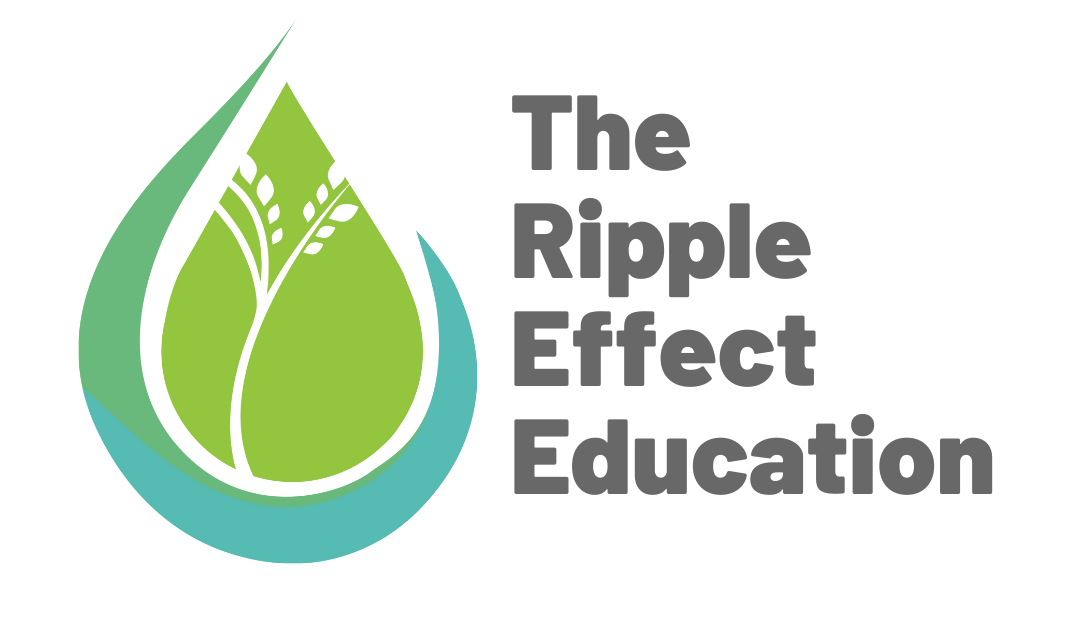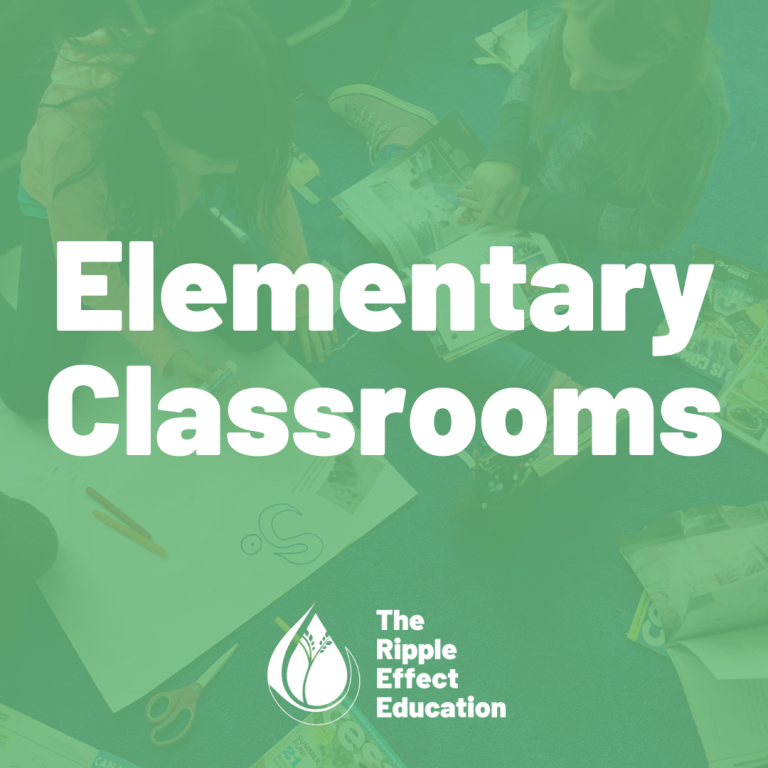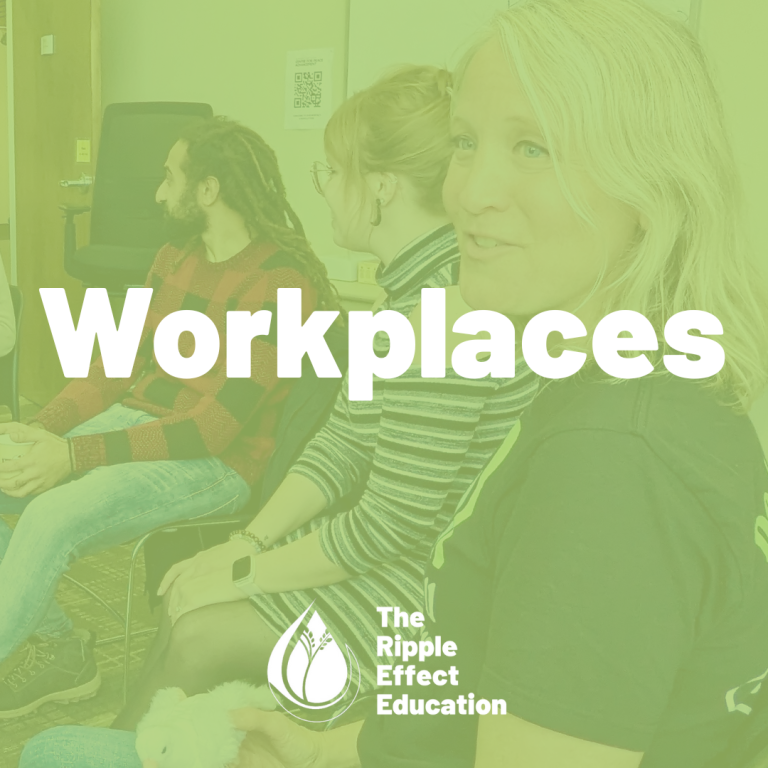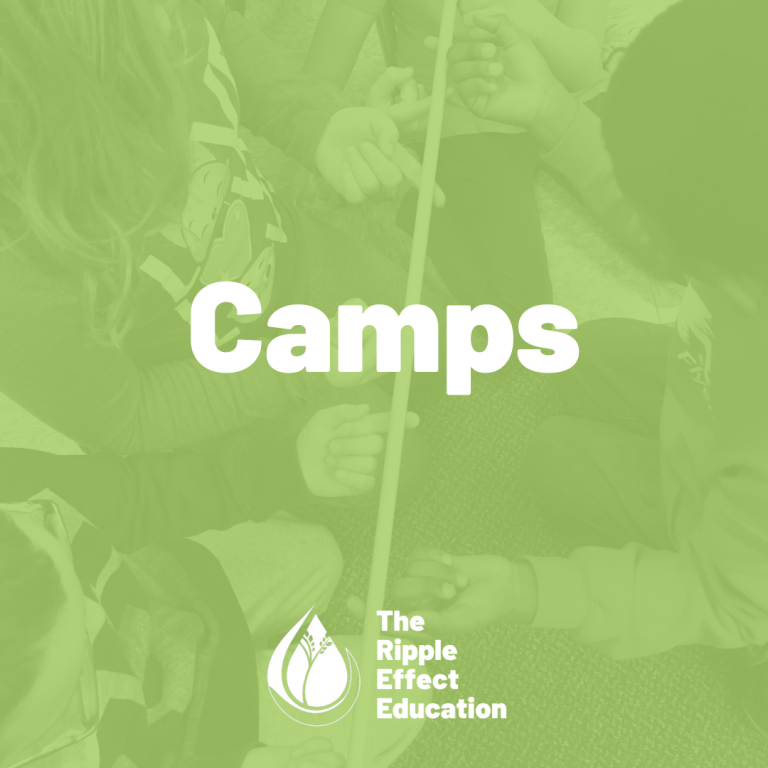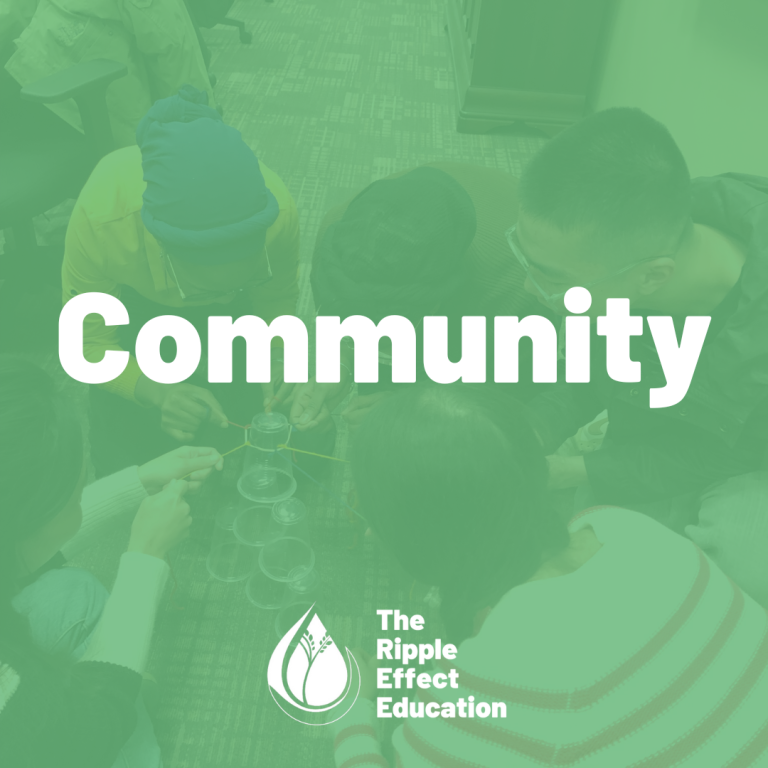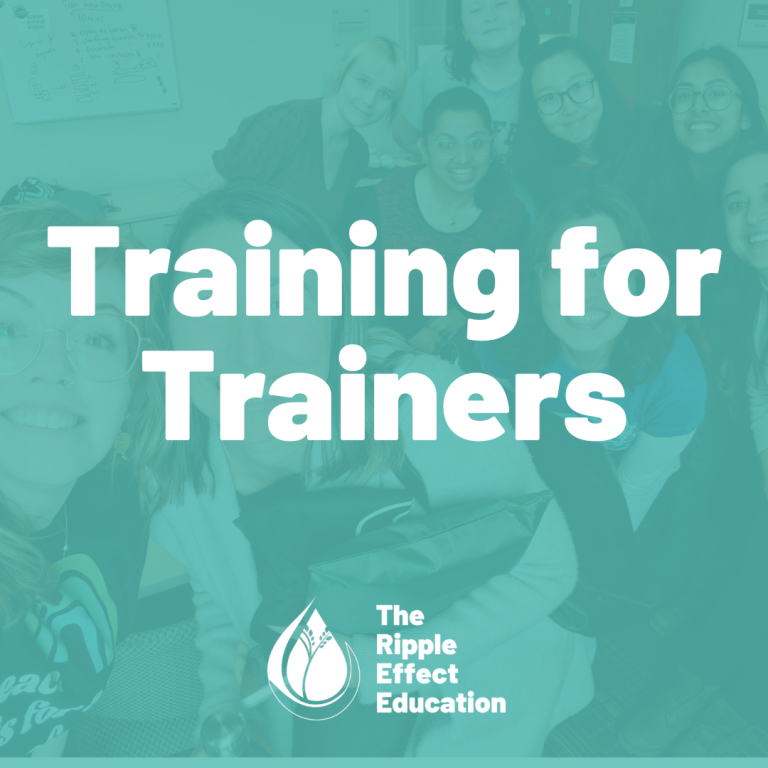Between the ages of 5 and 18, I rode the bus to school nearly every morning. Each day was different; some days were calm, and others were boisterous, but most days included some kind of conflict. I did my fair share of instigating those conflicts, but I also had the opportunity to observe plenty of others in conflict. Sometimes, I would step in, but most of the time I wouldn’t, telling myself a version of these stories.
“I should mind my own business.”
“I don’t want them to be mad at me.”
“I don’t want them to think I’m not cool.”
Have you ever been a bystander to a conflict? Maybe between your friends, students, children, parents, or even strangers? It can be hard to know when and how to step in when we witness others in conflict situations.
For example, as a parent with more than one child, your children have likely experienced many conflicts with their siblings. As an adult who knows and cares for each of them, you may need to intervene when those conflicts happen to maintain their safety and encourage them to become independent problem-solvers and strong communicators.
It’s hard to know when to step in. Just like in the stories I told myself as a child on the bus, there are things that keep us from standing up in conflict situations.
- We might be fearful: Will I make it worse? What will others think of me if I do something?
- We might be in danger: Is this safe?
- We might be confused: Are they actually in a conflict or are they just passionate conversationalists?
- We might not be a position of authority: Isn’t there someone in charge who should be responding to this?
- We might choose to ignore the situation: No one else is doing anything, does this mean it’s not that big of a deal?
Of course, we don’t need to step into every conflict we witness in the moment. Depending on the situation, it may not be safe. Depending on the context, you might want the youth to work out their conflict independently.
As adults in care-taking positions, we will likely need to step into some of the conflicts that we witness.
The big question, then, is how do you respond, both as a caring adult but also as someone who witnessed the situation?
Here are four different approaches to the conflicts you witness with young people:
- Curious and Calm: If the conflict is between relative equal (similar age, gender, language spoken, actions), do your best to stay neutral, with a curious and calm approach. Depending on your relationship with these young people, you’ll likely want to avoid taking sides. If, for example, they are yelling at each other, you might say with a calm voice,
- “I’m noticing your conversation has gotten louder. I’m wondering if each of you might need a break?”
- Distract: When we’re in a conflict with escalated emotions, it can be helpful to have a distraction to ground us. With young people, you might shift their focus with a distraction to take them out of the emotionally-intense situation. Doing so can help them calm down before you invite them to come back to the conflict in a conversation. You might say,
- “Hey, I’m wondering if you can help me with something.”
- Let it play out and follow up later: Learning to respond to conflict independently is an important developmental skill. You might allow the conflict to happen. Who knows, they might surprise you with their response to each other! Regardless of the outcome, follow up. You might say,
- “I heard the two of you talking to each other earlier. I’m wondering what was happening. Can each of you tell me about it?”
- Focus on support: If the conflict is one-sided, and appears to be harming one of the parties, focus on supporting the target in this situation. For example, if one is calling the other a name, you might affirm something positive about them, rather than blaming/calling out the name-caller.
Interested in learning more about being an active bystander? TREE is a partner in the Canada TAB Hub, and offers training for grades 4-12 and adults.
Learn more about TAB Training.
How do you intervene in conflict situations? We’d love to hear your thoughts below!
 Katie Gingerich is the founder and director of TREE, and is an active participant of the Kindred Credit Union Centre for Peace Advancement. Since 2012, she has developed peace education programs for camps, community groups, and classrooms, and is passionate about giving youth the tools they need to transform conflict and seek justice.
Katie Gingerich is the founder and director of TREE, and is an active participant of the Kindred Credit Union Centre for Peace Advancement. Since 2012, she has developed peace education programs for camps, community groups, and classrooms, and is passionate about giving youth the tools they need to transform conflict and seek justice.
